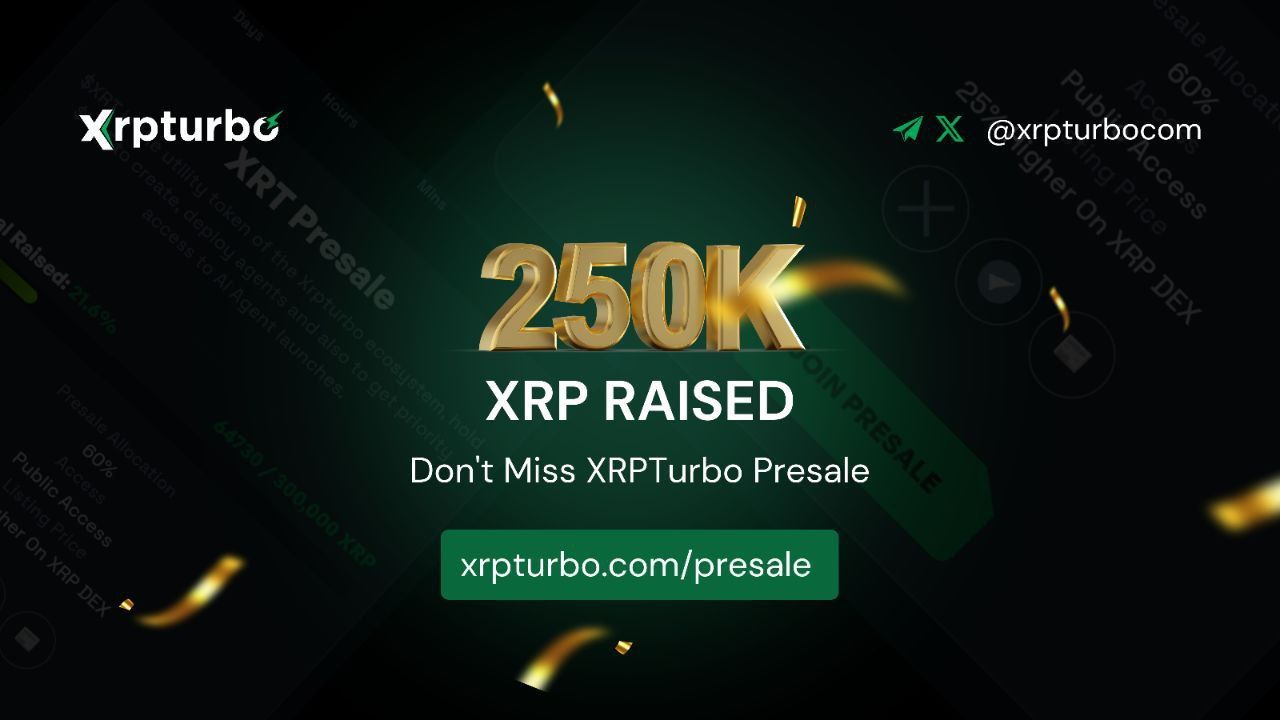What are Cryptocurrency Pumps and Dumps?
Pump and dump schemes are quite common in the microcap stock market and are now making their way into the cryptocurrency industry. Although these schemes provide an excellent way of making some quick profit, they are quite risky. New crypto investors don’t know much about these schemes and often fall prey to the scams.
Trading in cryptos is already risky as it is, and therefore, it helps to know what to avoid and how. In this article, we will delve into the details of the cryptocurrency pump and dump schemes. What are they? How do they work? Keep reading below for some useful information.
What is a Pump and Dump Scheme?
A pump and dump scheme involves buying a low-market cap asset and later inflating the asset’s price. Investors usually artificially inflate the price of a crypto asset and sell it to unsuspecting investors, right before the asset suddenly crashes. Often, the promise of high returns from these schemes attracts inexperienced traders. These traders are left counting their losses, once the crypto asset crashes, as planned by the pump and dump group.
Although these schemes have been quite common in small and micro-cap stocks, they are increasingly becoming popular with crypto assets. There are several small-market crypto projects that these investors target. Because there aren’t defined crypto regulations, these scammers usually get away with it.
How do They Work?
The key players in pump and dump schemes are usually the scamming traders. This group of investors is typically well-coordinated and communicate via encrypted platforms such as Discord and Telegram. The scammers then scour the crypto market for a low-market cap asset and an exchange , that they will use to further their scheme.
To get the ideal coin, these investors usually go for one that has low volume and trades in a relatively small exchange. These qualities make it easier for scammers to control the coin’s availability and liquidity in the crypto market. The investors can also determine the price of such an asset.
The investors will then buy the coin and create a buzz in the community for the new currency. These investors, also called whales , will use social media platforms to sell the idea of the new coin to unsuspecting new investors. Once they have a fair amount of the crypto, they bring in new investors who then raise the coin’s price by causing a purchasing frenzy.
The coin’s value increases, and the trading volume goes up as buzz around the coin gains momentum. This increase in price marks the onset of the pumping period when the investors bring in as many new investors as they can to get the coin’s price to a pre-determined value.
The whales usually set a target price for the coin, and once it hits the target, they begin selling their assets, which makes the price fall. Some of the players will start selling off their coins once the coin hits a high point – signaling the start of the dumping period. Dumping can take any time between a few seconds and a few hours. The players’ vital task is to sell small amounts of the coins as quickly as they can without dragging the price down until they are all out.
Once the players are out, a panic sell starts. Since these investors control most of the asset’s volume, the price starts to fall once they all sell their cryptos. Panic sellers now start realizing that their sell orders aren’t getting filled, and they will sell below the market value to get out, which can lead to the coin’s value plummeting drastically. New investors are left with the dumped assets that are of little importance to them.
Although the players stand to gain the most, thanks to their capital and knowledge, other investors can also make some profit from the pump and dump schemes. A quick guide to making some profits is to buy a coin prepped for a pump and a dump, be on the lookout for early signs of dumping, and sell your assets early enough to gain something from it.
A coin that is still in the initial stages of a dump can still earn you something. However, this is a risky investment that should make you some good money if you enter and exit the market fast enough.
The Fear of Missing Out
The fear of missing out (FOMO) is often the primary influence of pump and dump schemes. A good example is when Bitcoin first went mainstream, and it soared to a record high in 2017. Many investors were left feeling as though they had missed out. Pump and dumps will give enticing reasoning and attract individuals who fear missing out on the rewards as other investors reap benefits.
You can quickly tell a coin destined for a pump and a dump from the way investors advertise it. Phrases like ‘instant profits’ and ‘massive returns’ get thrown around a lot. Assets that seem too good to be true are likely so, and investors should be careful when making decisions.
To avoid not being a victim of a pump and dump scheme, traders shouldn’t give in to feelings of FOMO. They must carry out thorough market research and understand the current crypto trends before making investment choices. If you decide to invest in a crypto pump and dump, be sure only to use a small portion of your portfolio to avoid massive losses if the scheme goes under.
Some investors may choose to use pump and dump trading bots , to increase their chances of making money from the asset. However, although the program automates the trading tasks for you, you must have some knowledge of trading strategies. Rather than rely entirely on a bot , you should be able to make money trading on your own before you go investing in these schemes.
Bottom Line
When handled correctly, cryptocurrency pump and dumps can be a goldmine for a crypto trader. Investors only need to have the right strategies at hand, be on the lookout for any changes, and of course, a little luck would help.
As we’ve mentioned earlier, investing your entire portfolio in a pump and dump scheme is not a smart investment move. Before deciding to nose-dive into the risky trade, be sure to do some thorough research to help you make informed decisions.
The post What are Cryptocurrency Pumps and Dumps? appeared first on Crypto Adventure.




NEVER MISS AN ARTICLE!
We will get back to you as soon as possible
Please try again later
SUBSCRIBE TO OUR NEWSLETTER
Join the Newsletter
We will get back to you as soon as possible
Please try again later
